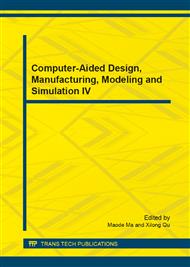p.775
p.782
p.787
p.794
p.798
p.806
p.811
p.816
p.820
Residual-Heat Utilization and Optimal Reformation in PVC Production
Abstract:
The paper takes the actual problems of target enterprises in PVC production as an example. The paper transforms residual-heat waste status in production and optimizes the key equipment, cooling water system of internal cooled of polymerization reactor, which not only reduces energy waster and reaction time of single reactor, but also improves production efficiency. So it saves energy for target enterprises and makes considerable economic benefit.
Info:
Periodical:
Pages:
798-805
Citation:
Online since:
October 2014
Authors:
Keywords:
Price:
Сopyright:
© 2014 Trans Tech Publications Ltd. All Rights Reserved
Share:
Citation:


